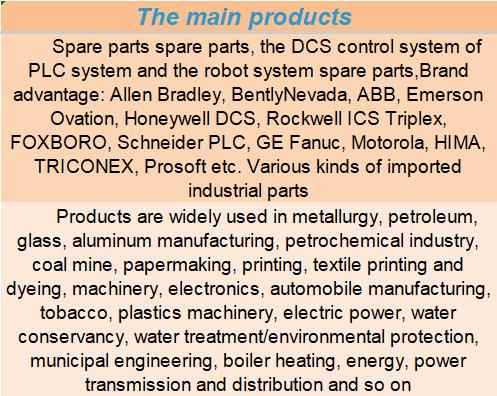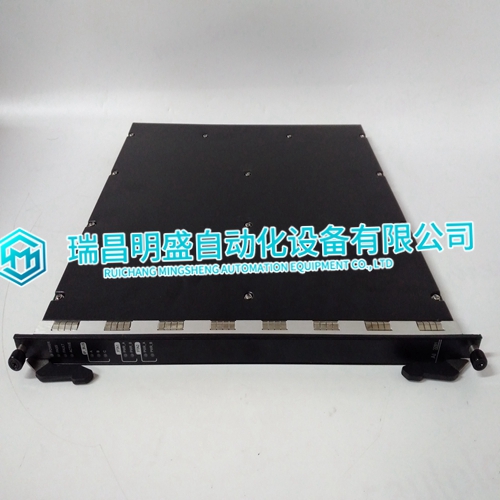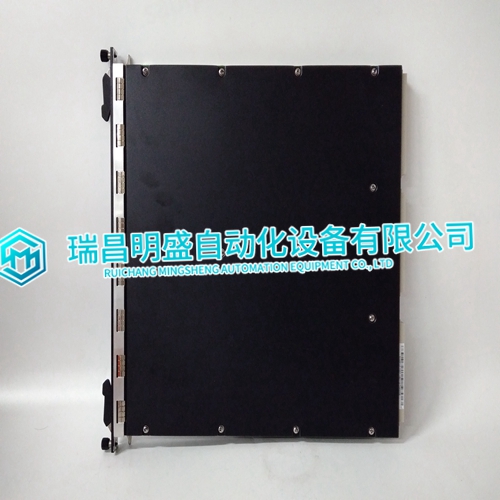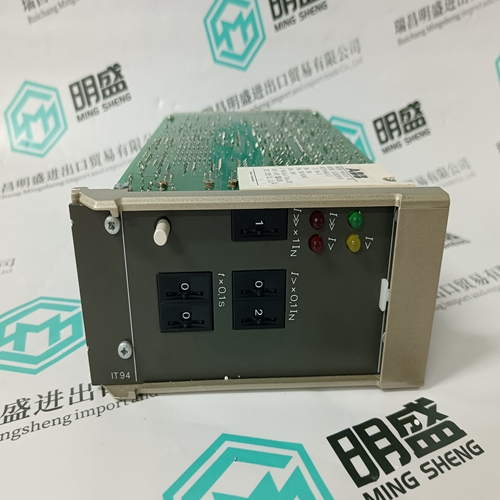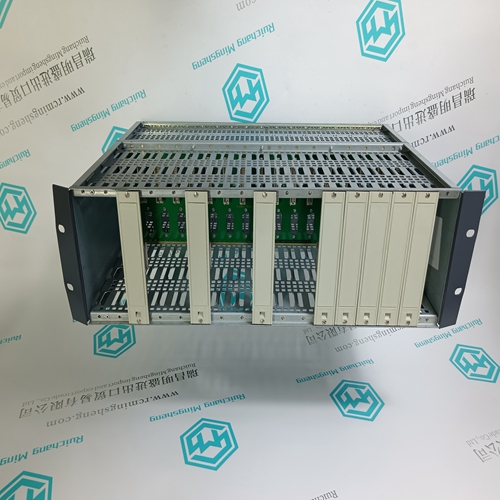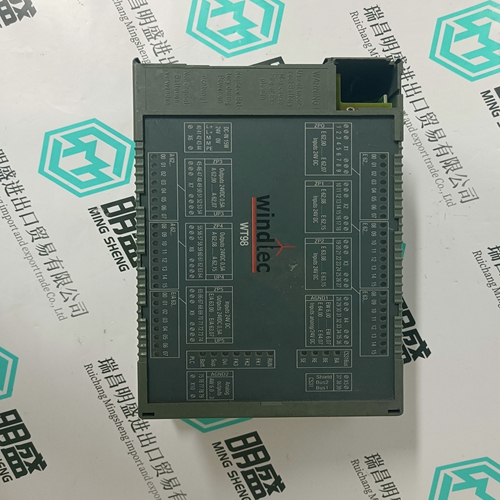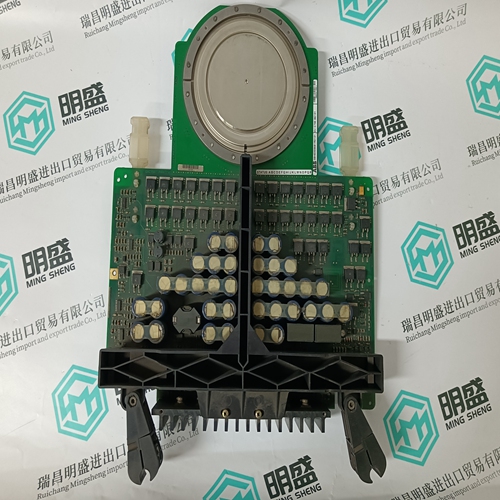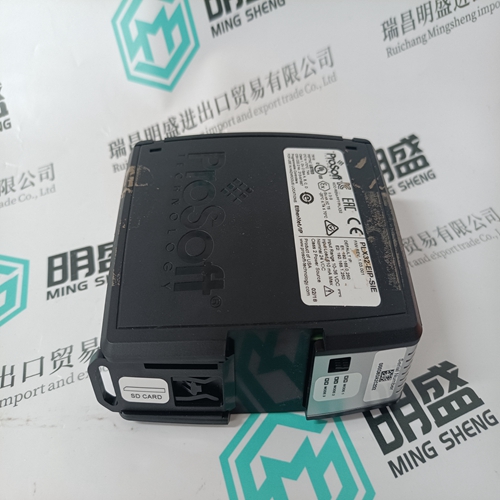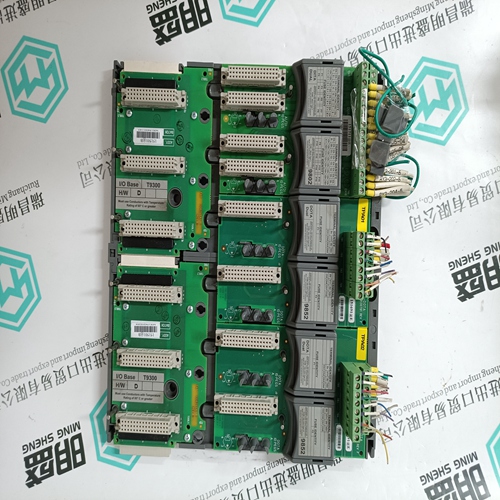Home > Product > DCS control system > AI3281 AI3281-A-V001 pulse output card
AI3281 AI3281-A-V001 pulse output card
- Product ID: AI3281 AI3281-A-V001
- Brand: TRICONEX
- Goods status: new/used
- Delivery date: stock
- The quality assurance period: 365 days
- Phone/WhatsApp/WeChat:+86 15270269218
- Email:stodcdcs@gmail.com
- Tags:AI3281AI3281-A-V001pulse output cardTRICONEX
- Get the latest price:Click to consult
AI3281 AI3281-A-V001 pulse output card
Adjusting Oil Pressure Gain and Offset
Example of a Passive Resistive sensor:
• Disconnect the sensor from the EGCP-2 and measure the resistance coming from the sensor both when the engine is (1)shut down and (2)running at rated speed.
• Record the pressure and resistance.
• Then connect a potentiometer or decade box to the EGCP-2 oil pressure input, terminals 68 and 69.
• Set the resistance for the running value.
• Adjust the Oil Pressure Gain until the Calibration reading matches the desired reading.
• Set the resistance for the shutdown value.
• Adjust the Oil Pressure Offset until the Calibration reading shows 0 psi or bar.
• Repeat these steps until the EGCP-2 reads correctly with no further adjustment to the Gain or Offset values.
Water Temperature Gain
• Water temperature sensor input, terminals 66(+) and 67(-).
• Factory Calibrated for 0–300 °F over a 4–20 mA range.
• Designed to accept a 4–20 mA or 1–5 volt transducer or a passive resistive type, 0–500 Ω. o If the passive resistive sensor is greater than 500 Ω, it may be necessary to add one or more of the shunt resistors (DIP switch 2) to achieve the temperature range.
• Sensors can have a Direct or Indirect relationship o Direct – Increase in resistance, mA, or volts is an Increase in Temperature o Indirect – Increase in resistance, mA, or volts is a Decrease in Temperature.
Resistive sensors are commonly an indirect relationship.
• If the sensor or transducer has an Indirect relationship o Adjust the Gain for the water temperature when the engine is shut down.
• If the sensor or transducer has a Direct relationship o Adjust the Gain for the engine’s operating temperature. High H2O temperature.
• To adjust the Water Temperature Gain, the Calibration menu will provide a monitored value that will be compared to a measured reading.
• Adjust gain until EGCP-2 monitored reading matches actual reading.
• If it is not possible to reach the high or low temperature, it may be necessary to add one or more of the shunt resistors by closing the DIP switch 2, switch 2, 3, or 4, on the EGCP-2.
